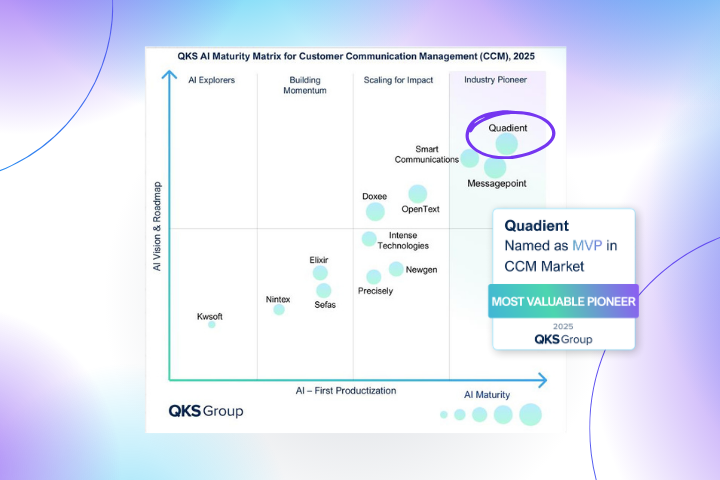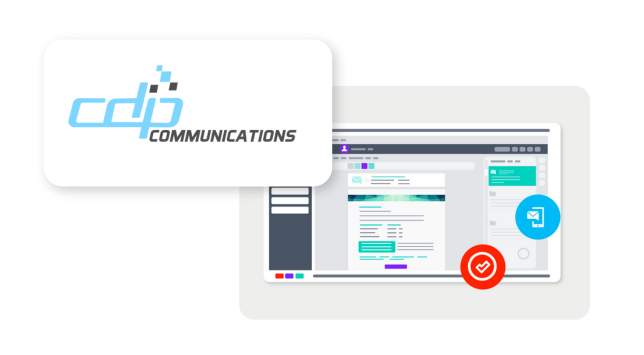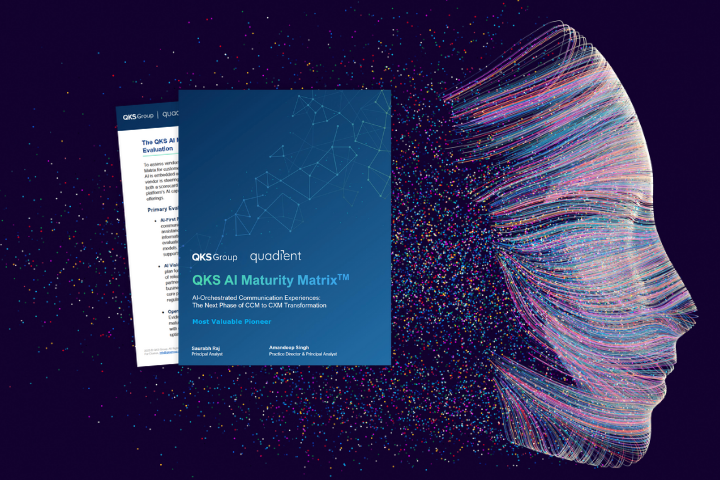
As SAP users begin the shift away from older ERPs such as SAP ECC and into solutions like SAP S/4HANA, they are increasingly looking into the potential for tools like artificial intelligence and machine learning to help improve their operations.
An annual survey found that organizations are increasingly looking at AI and machine learning as part of their digital transformation, growing from 23% of respondents in 2023 to 38% of respondents in 2024.
Among the functions that companies believe the technology will improve are:
- Dashboards and analytics (42%)
- Customer experience (22%)
- Transitioning from manual to digital processes (21%)
- Integration between SAP and non-SAP systems (21%)
Let’s take a closer look at why adopting AI is essential, as well as the steps to follow in order to get the most out of the tool.
Why AI Matters for S/4HANA Users
SAP S/4HANA was built to drive real-time insights, but AI takes data insights and helps you come up with a plan to get practical value from them. By combining in-memory processing with AI-driven analytics, companies can:
- Predict payment behavior with machine learning models trained on customer history and external signals.
- Automate collections strategies ensuring high-risk accounts get early attention while lower-risk accounts are handled more efficiently.
- Resolve disputes faster by analyzing patterns in deductions and routing issues to the right teams.
- Strengthen customer relationships by predicting challenges and offering flexible payment solutions before problems escalate.
Existing AI capabilities offered by S/4HANA
Fortunately, S/4HANA comes with built-in AI capabilities that you can immediately put to work. These include:
- Predictive analytics and forecasts through SAP’s embedded analytics and Predictive Analytics Library.
- Conversational assistants like SAP Jouleas that help users to interact with computers using everyday human language
- AI‐driven suggestions in workflows, anomaly detection, intelligent automations in various modules.
Overcoming the hurdles to AI adoption
Unfortunately, AI in AR isn’t exactly a plug-and-play solution. You need to take steps so that your team is ready for its use.
This starts with ensuring data quality. You’ve heard the phrase, “Garbage in, garbage out.” That applies to artificial intelligence as well. If the pre-existing data in your system is inaccurate, the AI will start working with a disadvantage. Clean, standardized data across invoices, payments, and contracts is critical for accurate AI insights.
It might seem obvious, but your team also needs to trust AI recommendations. A tool can only be effective if you’re willing to use it. You can help this process by embedding AI into existing SAP Fiori apps, easing adoption for your team.
Scalability is another vital part of adopting AI into your financial processes. Your pilot program needs to have the ability to grow into an enterprise-wide program. To help achieve this, it should be supported by clear KPIs that allow you to measure the effectiveness of the project.
SAP’s Business Technology Platform (BTP) and pre-built AI services are key enablers, making it possible to deploy AI scenarios without reinventing the wheel.
Expanding your AI arsenal
While the features provided by SAP S/4HANA give you a good head start when it comes to AI, they aren’t specifically designed for the needs of AR team. They’re more tailored for general use. To tackle issues like late payments, disputes, cash application, and customer experience, it helps to have an AI-enhanced accounts receivable automation software.
Here are a few of the features you should look for in a solution:
- High-accuracy (>90%) remittance to invoice or remittance to customer matching - Many accounting systems need either strict rules or manual help to process payments when information is missing, and it’s quite difficult to automatically match everything correctly in those cases.
- Predictive payment behavior/payment date prediction - ERPs may offer predictive analytics, but specialized AR solutions often have more refined models designed to understand payor behavior in collections.
- Intelligent/prioritized collections workflows - Standard ERP collections tools usually follow fixed rules to decide what to do, instead of using AI to adjust and prioritize dynamically.
- Generative / Content AI in communications & customer interactions - ERP systems are less focused on generating customer communications. While SAP does offer “smart document processing” and technologies, generative-style document or customer-facing text generation is not a primary focus.
- Real-time dashboards / AI-driven analytics in AR context - ERP systems like S/4HANA include reporting features, but a dedicated AR tool often provides a more advanced dashboard with built-in predictions and insights.
AI is transforming the future of AR
When we look to the future of accounts receivable, it’s easy to see how AI changes the game. It allows your team to predict potential late payments, rather than chase them down after they’re past due. By improving customer experience and increasing cash flow, it also helps change the internal perception of AR, allowing your team to increase the long term value of accounts and improve cash flow.
For SAP S/4HANA users, the path is clear: AI isn’t just an enhancement to AR—it’s a reinvention.
Find more tips for better accounts receivable!
Frequently asked questions:
Why does AI matter for SAP S/4HANA users in 2025?
In 2025, AI allows companies to turn S/4HANA data into action. Finance teams can now predict payor behavior, prioritize outreach, and resolve disputes faster to protect cash flow more efficiently.
What results can AR teams expect in 2025 with Quadient?
Customers report double-digit DSO improvements and fewer overdue accounts thanks to Quadient, as predictive workflows and automated reminders transform collection. Read verified customer reviews of Quadient AR.
How does Quadient work with SAP S/4HANA?
Quadient augments ERP-native tools with AI for three-way matching, payment date prediction, and prioritized collections while integrating with S/4HANA and related apps.
Is Quadient recognized by analysts in 2025?
Yes. Quadient is recognized as a Leader in the SPARK Matrix for Accounts Receivable Applications 2025. Book your free interactive demo of Quadient AR.
What should I look for in an AI-enhanced AR solution in 2025?
Accuracy above 90 percent for matching, predictive payment behavior models, dynamic collections prioritization, and real-time dashboards.







